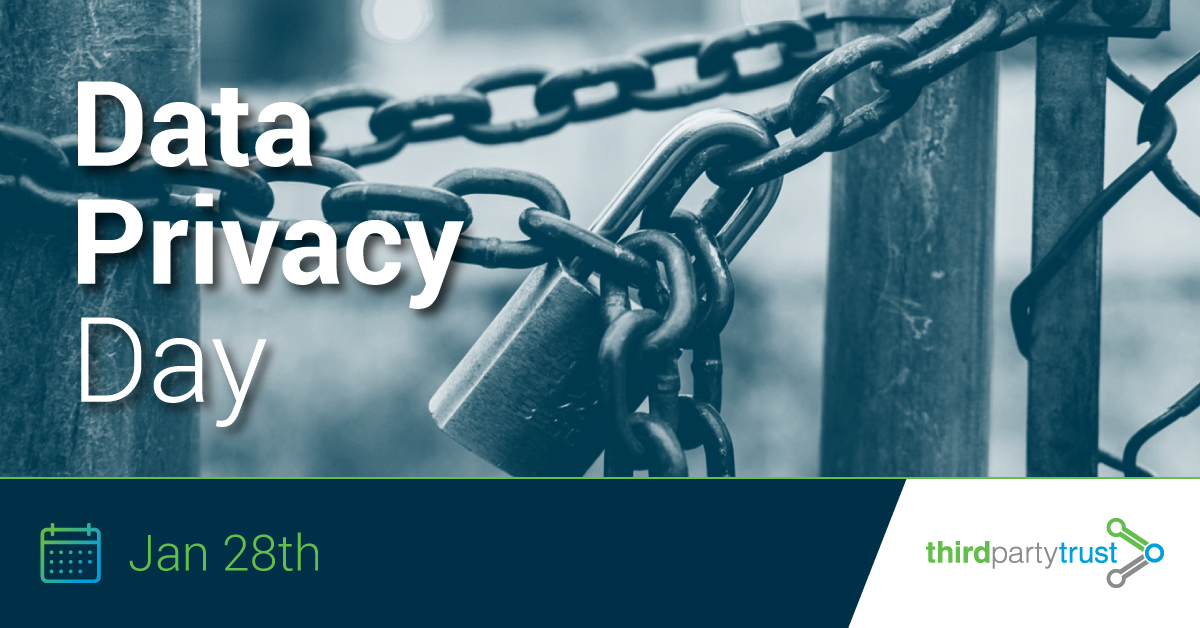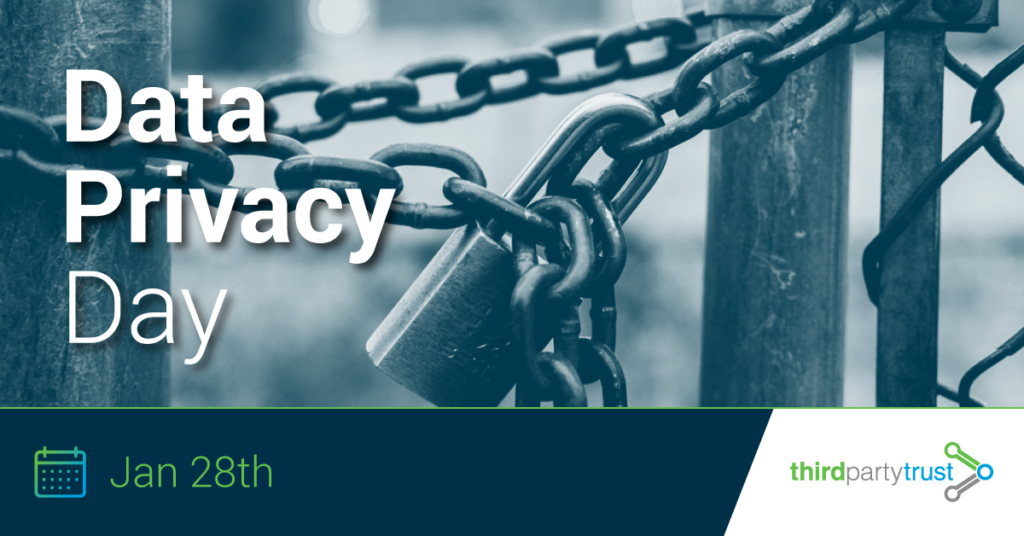Data Privacy Day: 3 ways to keep third-party data exposure under control
January 28 is Data Privacy Day, an international effort to empower users and encourage businesses to ‘respect privacy, safeguard data and enable trust.’ In an increasingly data-driven world, you need to make sure your company is going the extra mile to protect your customers and users. That means keeping an eye on your third-parties that might have access to Personal Identifiable Information (PII).
Interacting with third-parties and sharing private or sensitive information with them is necessary for business operations. At the same time, it may raise privacy concerns. Especially when you factor in the risk of suffering high-profile data breaches, like the ones suffered every month by companies of the size of Equifax or Facebook.
So here’s how to keep your third-party data exposure under control.
1. Pay attention to your audit trail and history insights
Maintaining an accurate audit trail allows you to monitor individual and third-party accountability, detect intrusions, and perform problem analysis.
Historical performance records are also very useful for transparency, which goes hand by hand with privacy. Your records of systems, user and assessment activity over time will allow for greater transparency between you and your third-parties.
2. Monitor closely all critical third-parties
With a framework in place and hopefully a tool (or dashboard) that helps you identify your riskiest third-parties, you need to keep a close eye on them. Depending on the industry and business model, sometimes a risky third-party can’t be replaced, so it’s a matter of strengthening controls and keeping record of their access and handling of PII.
We recommend conducting periodic risk assessments to analyze personal data handling of all third-parties that have access to it.
3. Make employees aware of privacy policies and guidelines
Although it’s not their responsibility to watch over third-parties, employees need to understand the importance of abiding by the privacy policy that the company has implemented for its customers.
You can engage staff by asking them to consider how privacy and security relate to their daily work. How many times did they share company information with a third-party? Do they log into third-party online services and apps with their work credentials?
Privacy is good for business
So these are some of the things you can do to make sure your third-parties don’t pose a threat to privacy. Data Privacy Day might be a good opportunity to start building a culture of safeguarding at the workplace. This will show what privacy means to your organization and the role third-party risk management has in it.
If you want to keep track of third-party activity, remain compliant and avoid hefty fines, you need a powerful tool to simplify the privacy and the overall risk assessment process.
To learn more about our platform, request your demo now:





